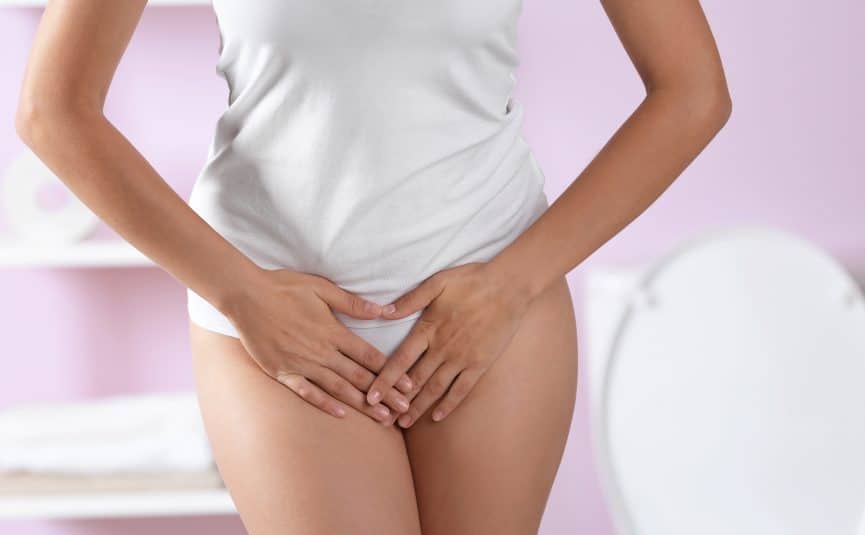East Melbourne VIC 3002

The term chocolate cysts refer to ovarian cysts filled with a thick dark glue-like material which can be a form of endometriosis, which implies the material is derived from the endometrium or lining of the uterus. Similarly, the dark material filling these cysts can be old blood and the cysts can be what are called functional cysts. Functional cysts imply they are part of the normal ovulation process, either development of the egg or follicular cyst or the cyst that occurs after ovulation has occurred known as a corpus luteum cyst.
Common Symptoms Of Chocolate Cysts
If the cysts are part of the diagnosis of endometriosis, that is cysts present on either or both ovaries, the symptoms may include:
- Asymptomatic – no symptoms at all (purely seen on ultrasound)
- Pelvic pain
- Dysmenorrhoea or pain with periods
- Dyspareunia or pain with intercourse
- Pain on using your bowels if the cyst is adherent to your bowel
- Infertility, as part of the problem of general endometriosis
What Causes Chocolate Cysts In The Ovaries?
As mentioned above, chocolate cysts can either be part of the endometriosis process where the cyst developed from endometrial-like tissue or they can be part of the normal ovulation process where bleeding has occurred within the cyst that has developed. Bleeding into a functional cyst or a cyst that is part of ovulation can also result in significant symptoms of pain.
How Are Chocolate Cysts Diagnosed?
Chocolate cysts are usually diagnosed when an ultrasound is performed either as an investigation of infertility or because of symptoms of pelvic pain. Chocolate cysts have a capsule that has minimal or no blood supply, a so-called avascular cyst and the contents have a classical ground-glass appearance that is characteristic of these lesions.
How Are Chocolate Cysts Treated?
Hormonal treatment such as a Mirena IUD or the pill has been shown to reduce the recurrence risk. Often chocolate cysts as part of endometriosis adhere themselves to surrounding organs such as the back of the uterus, the pelvic sidewall, or the bowel and for this reason, the cyst often needs to be mobilized or separated from whatever surrounding organ it is attached to.
Treatment of chocolate cysts that are related to endometriosis is especially necessary if the cyst is associated with symptoms of pain or infertility or if there is thought to be a chance of malignancy.
If your chocolate cyst is part of the normal ovulation process, that is if it is a functional cyst filled with blood, then the cyst disappears with time as the blood is absorbed and the cyst collapses. This usually occurs over a period of 4-8 weeks and can be diagnosed on a repeat ultrasound.
If the chocolate cyst is part of the endometriosis diagnosis, then the cyst does not disappear and usually enlarges with time. In that case, it will need to be treated if it is symptomatic, that is a laparoscopy or telescope procedure under anesthetic will need to be performed and the best treatment is to excise the cyst itself and leave the remaining normal ovarian tissue. In general, it has been shown that chocolate cysts are almost always benign and less than 0.5% of these cysts are cancerous.
Do Chocolate Cysts Affect Fertility?
If your chocolate cyst is associated with the disease endometriosis then it can have a significant effect on your fertility and chances of becoming pregnant. If infertility is an issue for you then it is important that your endometriosis including your chocolate cyst is treated surgically. There is good evidence that the fertility rate in women who have endometriosis including any chocolate cysts treated surgically increases by up to 85%, making the procedure particularly worthwhile.
Chocolate cysts do not normally cause issues during pregnancy and may actually reduce in size because of the effect of placental hormones.
If symptoms persist after pregnancy then the treatment discussed above needs to be considered.
Will Chocolate Cysts Return?
A large study of nearly 300 women has shown that the overall risk of recurrence of a chocolate cyst is about 25%. The recurrence risk is increased if the cyst was over 8 cm in size, if the patient was younger, especially less than 25 years of age and if the cyst had ruptured. It is therefore wise to repeat ultrasound on a patient who has had a cyst removed after a 6-month interval.
When To See A Doctor
It is usually not possible for a patient to know that she has a chocolate cyst. In rare cases where the cysts are large, especially over 8cm, pelvic fullness may be noticeable.
However, it is especially important to see your doctor if you have any of the symptoms listed above, especially pelvic pain or infertility.
Regardless of whether the pain is always present, present only with your period, or present during intercourse, it is important that these symptoms are investigated. This includes any bowel symptoms.
Associate Professor Len Kliman has been treating gynaecological patients for over thirty years and has vast experience in the diagnosis and treatment of all forms of ovarian cysts.
With over 30 years experience in the field, Dr Len Kliman is highly regarded as one of Melbourne’s leading gynaecologists. He has vast experience in the diagnosis and treatment of a wide range of women’s gynaecological and vaginal issues, and was recently appointed as an Associate Professor by the University of Melbourne Clinical School.
To find out more about Dr Len Kliman, or to book an appointment, get in touch with the clinic and speak to one of our highly-experienced nurses who are here to assist you with all of your gynaecological health needs.










